What is the impact of IoT on education? Disruptive is not the only answer. The Covid pandemic showed how this embedded technology can transform the education landscape. When education turned contactless after the pandemic, IoT in conjunction with other smart technologies ensured continuity in the learning curve. If we scrutinize the Indian educational industry, it is projected to touch $225 billion by 2025. IoT is one of the key drivers that will propel the growth story ahead.
It’s time to reimagine learning delivery for the digital natives. They are the first fully digital generation. IoT-enabled solutions ranging from interactive displays, digital boards, language labs, and tablets to school security applications dish out promise for a future-ready education ecosystem. Here are the six key IoT applications that are transforming, and will continue to transform education.
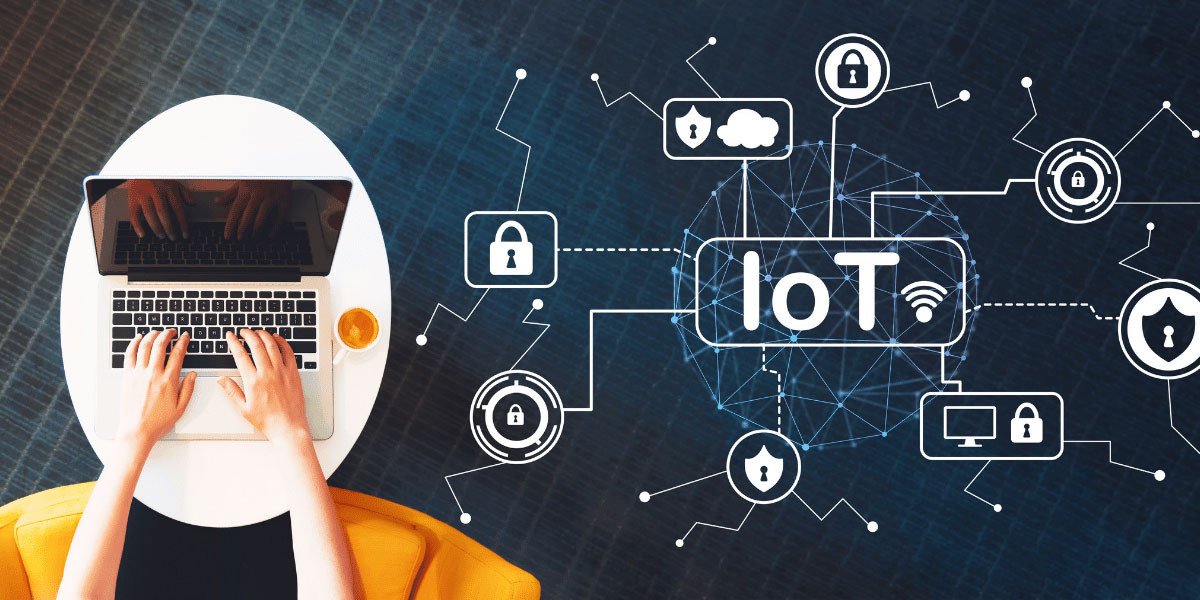
1. Elevating Student Engagement
Usually, teachers face challenges in designing the right lessons for their pupils. It’s because they find it tough to figure out the lessons that their students have already learnt or how quickly they are acquiring new learnings. IoT systems ensure real-time and continuous data collection, enabling teachers to do a stocktaking of the student's learning progress. Teachers can use AI Convolutional Neural Networks (CNNs) to detect when students are losing interest in Zoom breakout rooms or large lecture halls by identifying and classifying their facial expressions.
2. Designing Student-Centric Curriculums
After the Covid-19 pandemic, personalized education has become more widespread as people realize a traditional ‘one-size-fits-all' model doesn't work for everyone. IoT sensors enable teachers to plan lessons based on individual student needs rather than whole-class content that may be irrelevant. Smart educational robots that personalize curriculum content and pace based on student accuracy can help achieve this. To make teaching even more outstanding, teachers can use IoT in education to create student-centred curriculums that allow them to see what's working and what isn't working.
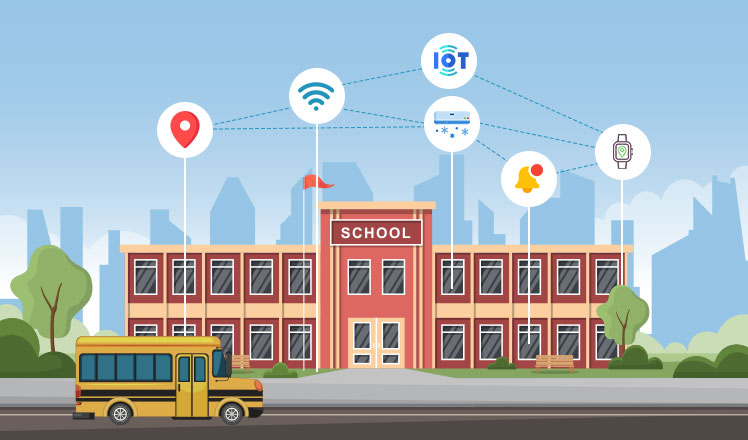
3. Creating immersive experiences for learning new languages
Many schools offer courses or apps that allow students to learn a second or third language, but the process can seem complicated. With Virtual Reality (VR) goggles, students can immerse themselves in the world of the language they are learning rather than fumbling around with online courses and realistic speaking websites. Through VR goggles, students can interact with animated figures and speak in the target language. Students can also virtually travel to countries where the language they are learning is the dominant language and be immersed in the culture of that country.
4. Automated Attendance Recording
Logging and tracking the attendance of students is a mundane, iterative task for any teacher. IoT can ease this cumbersome burden for any classroom. Automatic attendance can be recorded by using biometrics or barcodes with the student's identity card number. As a result, discrepancies and storage errors are virtually eliminated. What’s more, teachers can earmark their time for more productive functions.
5. Safety on school premises
There is little infrastructure in most schools to detect theft, abuse, sexual assault, or other crimes, nor are they prepared for disasters or emergencies. IoT can help detect such issues swiftly and raise alerts for immediate action. In the case of any fire or short circuit, IoT-based sensors can activate alarms. IoT systems also generate alerts if anybody tries to break into the school's smart door lock.
6. Enhanced Interaction and Productivity
Smartphone-based virtual application classes make learning interactive, engaging and fun. In such an ambience, students grasp more and think beyond the horizons of the classrooms and communicate and voice their learning and doubts. Fuelled by interaction and intuition, it makes the students keener about participation and involvement in the assessments, activities, and even self-learning.
IoT in education stretches a lot beyond automating systems and processes. It’s evolving as a paradigm to tread on the unexplored frontiers of learning.















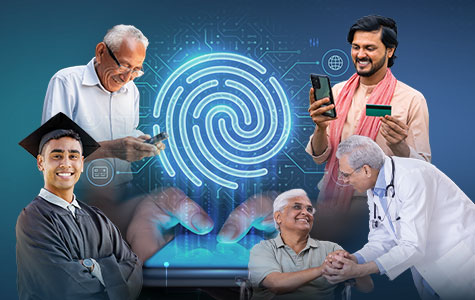
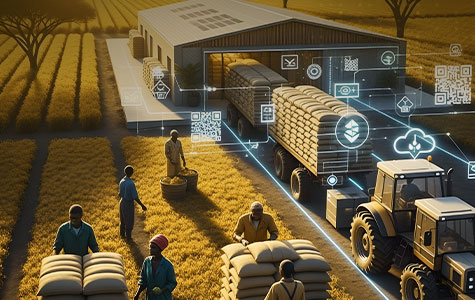
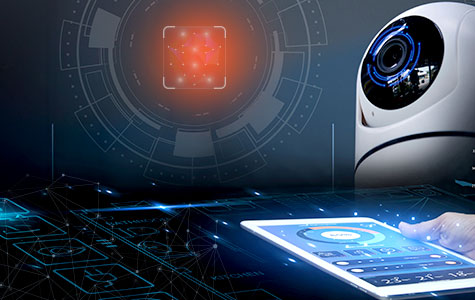

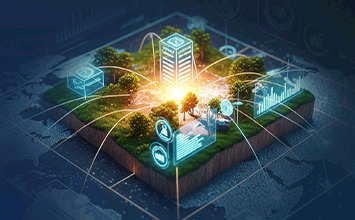





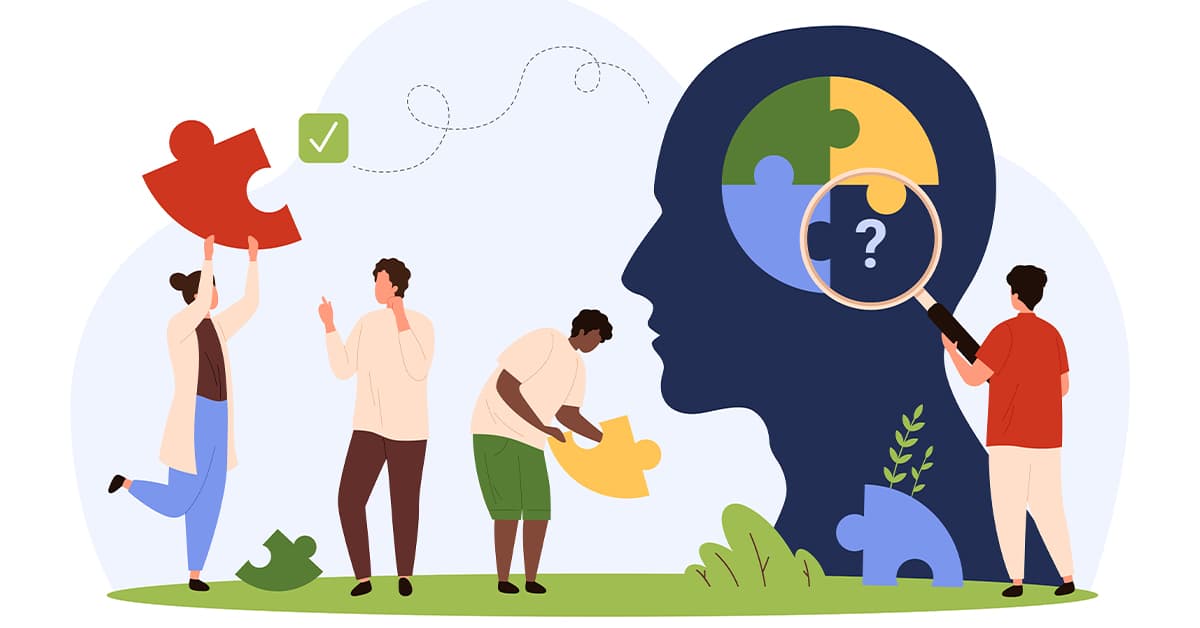

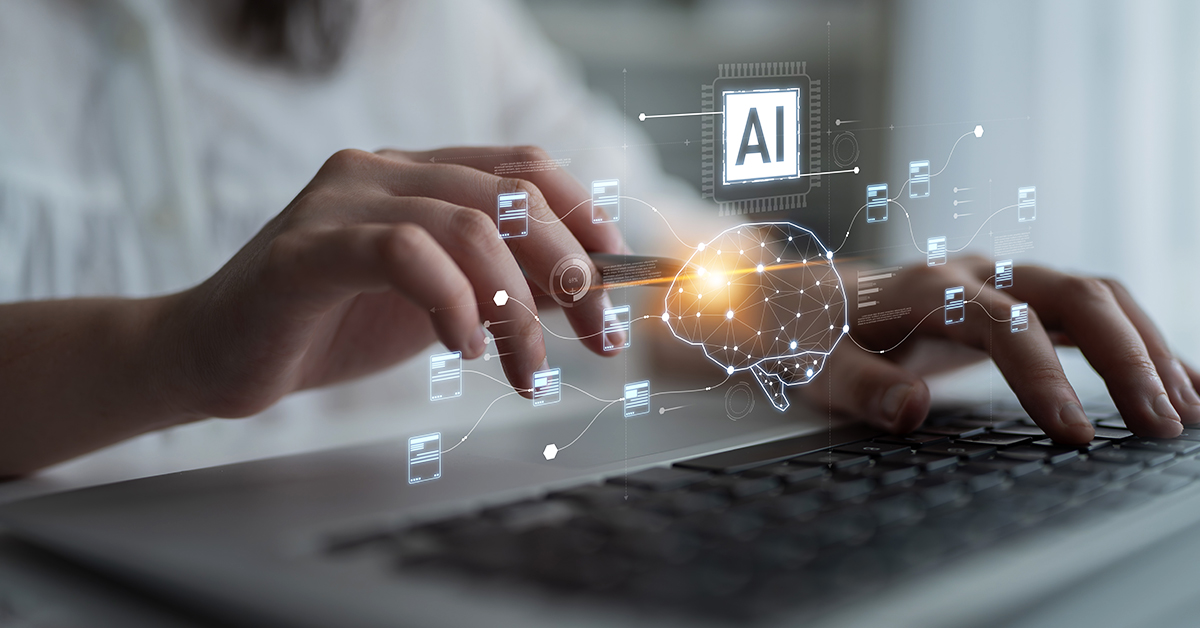


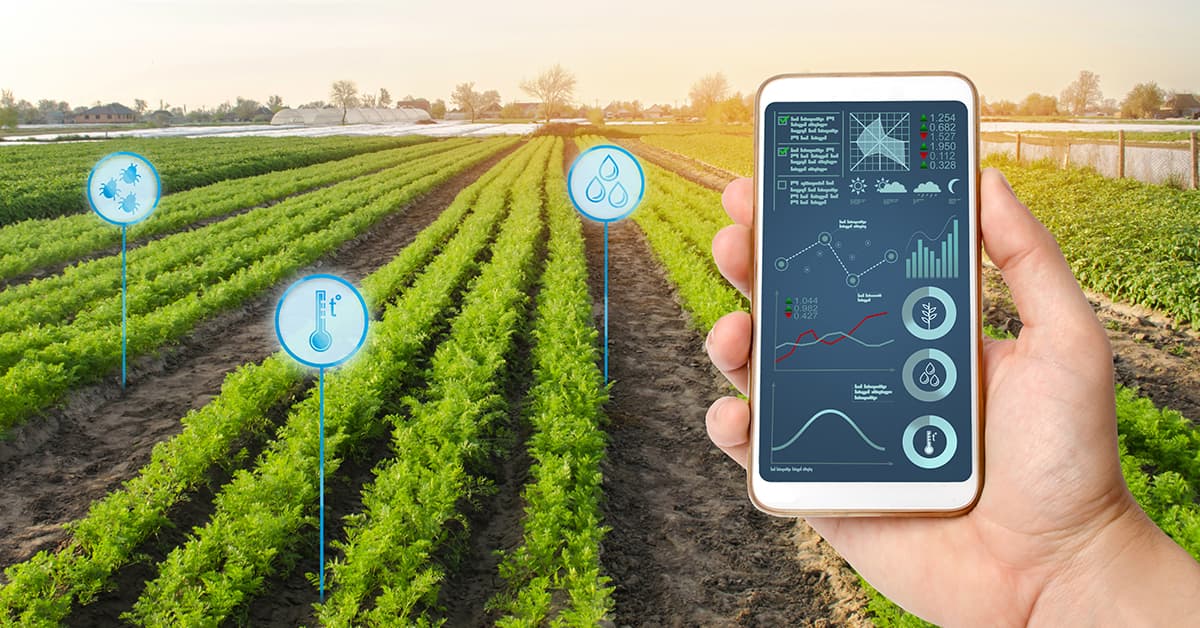





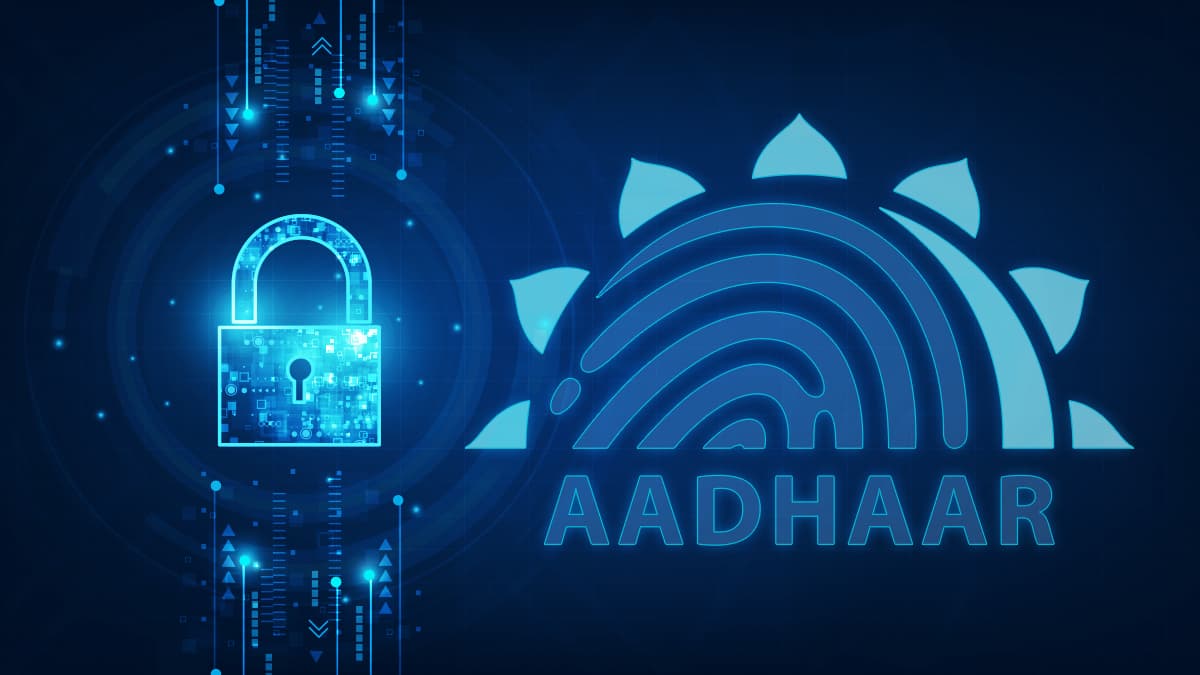
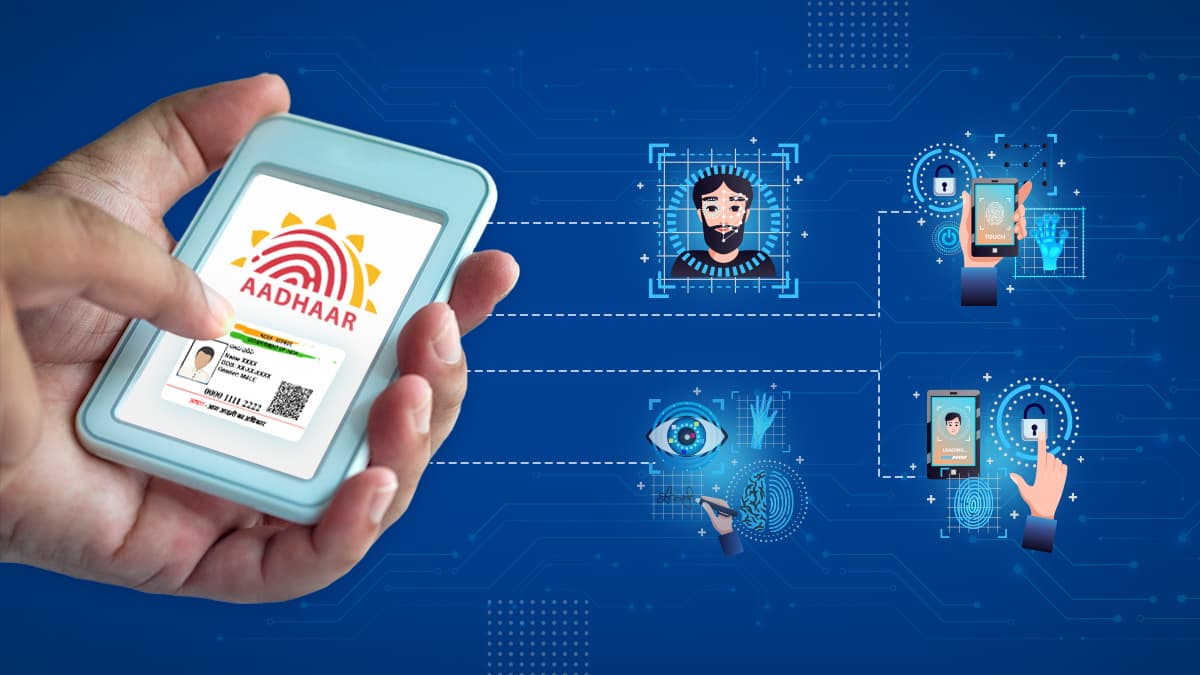
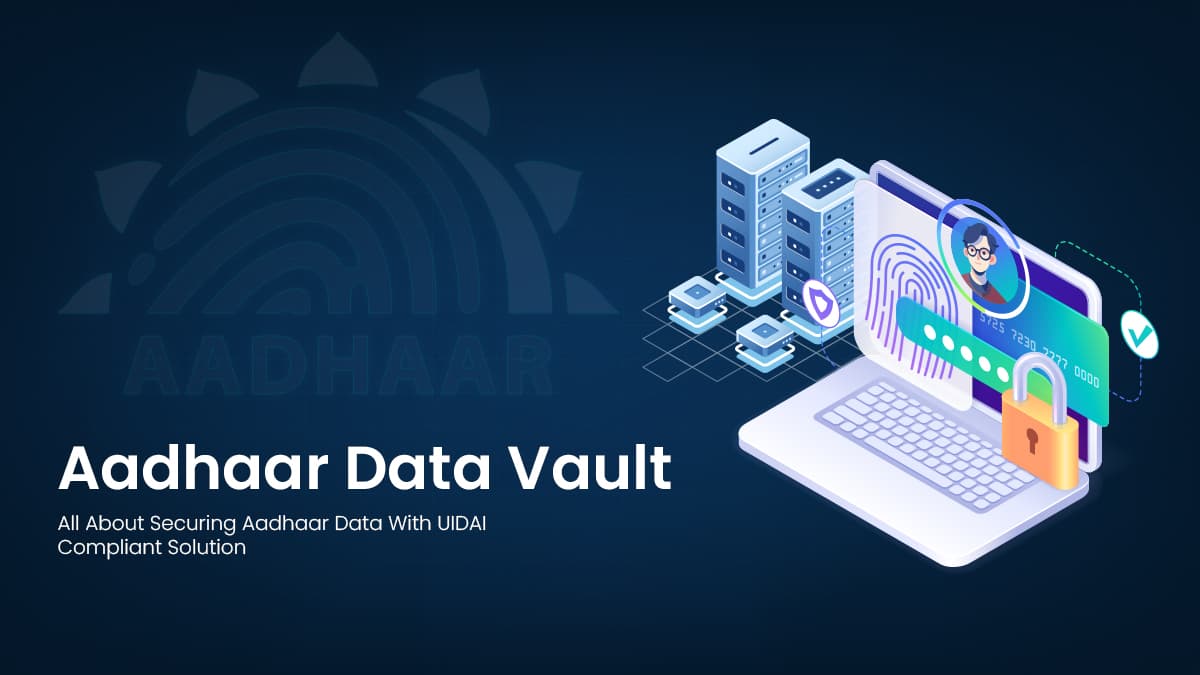

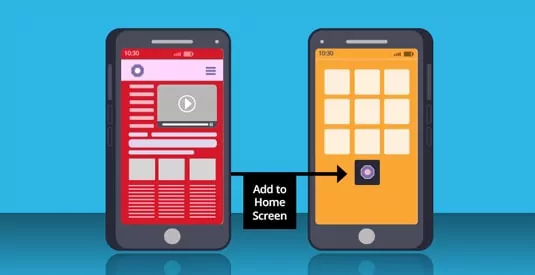

We will verify and publish your comment soon.